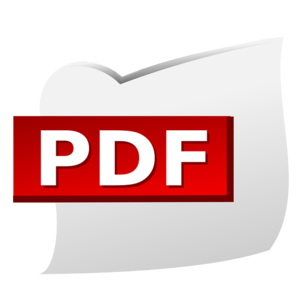Tips on labeling nutritional mushroom products
Here we have compiled a general checklist for mushroom products marketed in various product categories
1. Nutritional mushroom products are regularly marketed either as sui generis foods (e.g. as mushroom powder) or as dietary supplements (usually as mushroom extracts, often also in combination with vitamins and/or minerals). The correct labelling of the packagingplays an important role in the marketability of the products as this provides the consumer with relevant information about the purpose and ingredients of the product, as well as any resulting restrictions on consumption, information on recommended intake, storage, shelf life, origin, traceability or nutritional values. The legislator has governed precisely what type of labelling elements must be shown on a product depending on its respective purpose. Some of these must even be reproduced verbatim.
2. Every distributor of nutritional mushroom products is thus well-advised to carefully undertake product labelling and have this verified once again by means of internal quality management measures. Complaints can be made by the authorities regarding errors, which then lead to prohibition orders or fines. At the same time, competitors or competition associations can issue warnings that either end in the submission of cease-and-desist declarations by distributors and/or manufacturers or even the conducting of injunctive processes. As a rule, competition case law does consider such labelling infringements to be merely trivial offences, but rather a clear infringement against provisions governing market regulation.
3. As a result, such errors are not only expensive but are also associated with a significant additional workload for the affected distributor if products have to be recalled, packaging replaced or information adhered over the packaging. It is thus good to approach the subject with suitable sensitivity and seek expert advice in the event of doubt.
4. We have compiled a general checklist for you below for the nutritional mushroom products distributed in various categories, which is intended to act as a guide for you:
(a) Please note that e.g. the use of organic raw materials requires further labelling elements that are not shown here.
(b) Promotional statements regarding nutritional value or health on the packaging can also require additional mandatory information that is also not explained here.
(c) Other characteristics that can result from the use of certain ingredients (flavourings, enzymes, sweeteners) have also been intentionally excluded for the following purposes. Instead, the checklist refers to mushroom products that are currently commercially available.
5. We expressly indicate that all mandatory labelling elements must be affixed in a manner that is clear to see, easy to read and indelible and a necessary font size of 1.2 mm related to the x height in "Appendix" must be observed. If the largest surface on the packaging is <80 cm2, the font size may, as an exception, also only have an x height of 0.9 mm (cf. Art. 13 para. 1 to 3 food information law). For rectangular or cuboid packaging, the “largest surface” is a whole side of the respective packaging (height x width). For cylindrical (e.g. jars) or bottle-shaped packaging (e.g. bottles), which often have an uneven shape, determining the largest surface is more complicated. A practical solution for determining the “largest surface” of cylindrical or bottle-shaped packaging with an often uneven shape would, for instance, be to deduct lids, bases and edges from the surface area for jars and the neck and shoulder for bottles (cf. Q&A by the Commission on the food information law). What’s more, the name of the food and the filling quantity must appear in the same field of view (i.e. ideally on a panel on the packaging), cf. Art. 13 para. 5 food information law.
